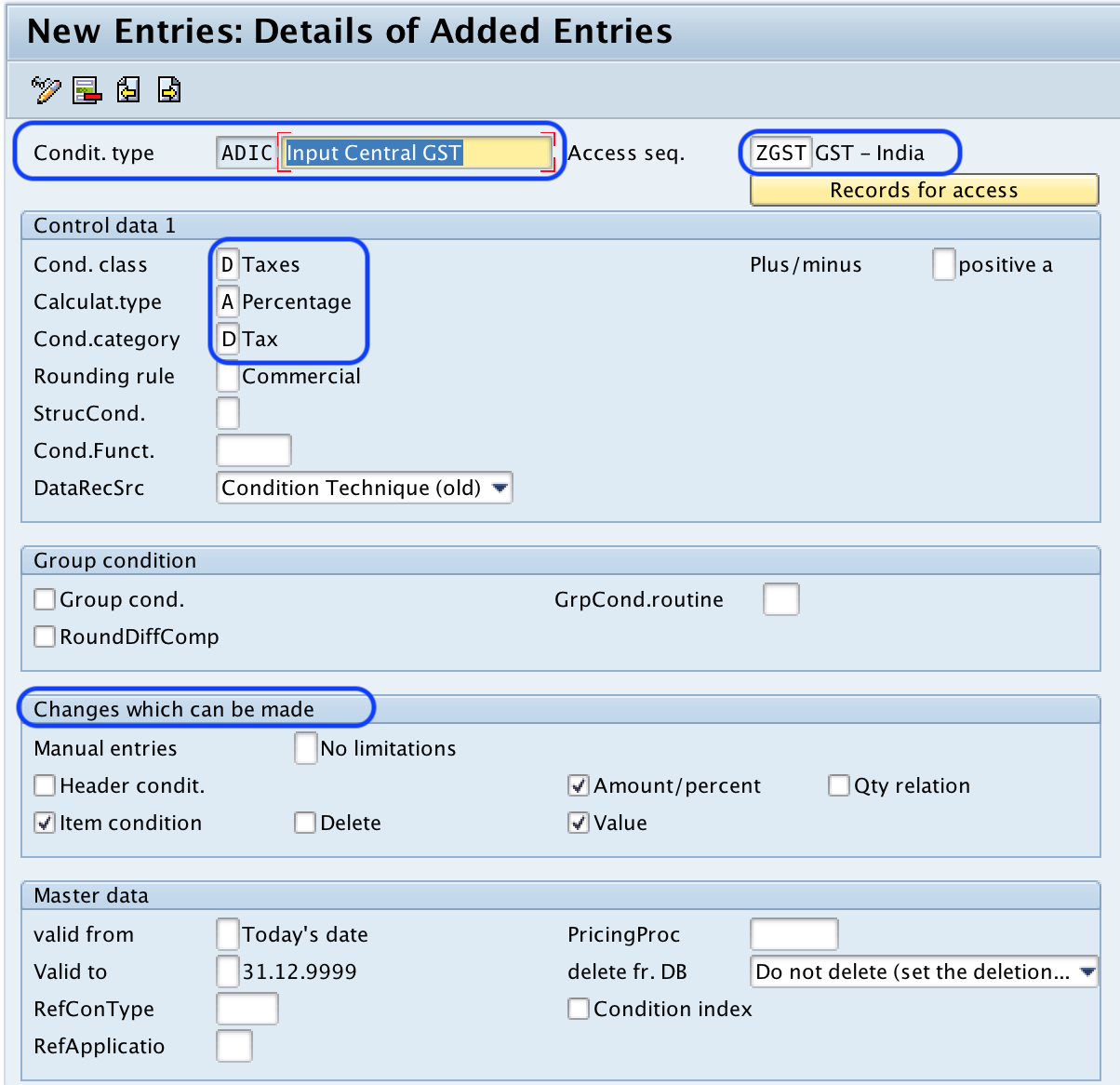A SAP Calculation is required if planning to build or expand your property. The goal of this calculation is to ensure that a completed dwelling meets Part L requirements. You must also have an SAP Calculation for any renewable technology you intend to install in your home. More details about the calculation process is available here. SAP Calculations are available in two formats: L1A and L1B.
They are used to calculate energy efficiency.
A SAP calculation is an energy efficiency calculation that is used to determine the energy consumption of an entire building. It was created by the Building Research Establishment in 1992 for the former Department of the Environment. It is based upon established assumptions about occupancy and behavior. This permits similarity between different dwellings. It also provides information about the cost of fuel and emissions.
SAP calculations require you to have lots of information regarding the property. First, determine the dimensions of your building. It is also essential to assess the thermal aspects like windows or doors. To calculate the element’s thermal performance, the SAP calculation makes use of U-Value calculations. The SAP calculation also considers thermal Mass, which is the capacity of the material to store heat.
They are used to check that a house that is completed fulfills the requirements of Part L
If you’re considering buying an apartment, you might have already thought about getting an Energy Performance Certificate (EPC). These certificates are legally required and give important information about the energy performance of a home. Although they’re not perfect, they are a positive step in the right direction.
There are many different factors that could affect your SAP results. While some of these aspects may not be within your control, they will affect the calculations. In the case of an expansion or new construction you must ensure that the regulations are fulfilled for your proposed extensions, glazing, or 25% of the current building.
They can be enhanced by renewable technologies
SAP is working to make its operations more energy efficient. One example is the recent building of an biomass plant in Walldorf, Germany. The biomass plant uses wood pellets to produce electricity and heat. This approach is efficient and reduces SAP’s dependency on utility companies. sap calculation can achieve its sustainability goals using renewable technologies like wind turbines and solar panels.
Renewable technologies are becoming more popular but there are many challenges to implement them in buildings. They are costly, first of all. They are only available after a structure is constructed. Therefore, it is best to start using them as soon as you can.